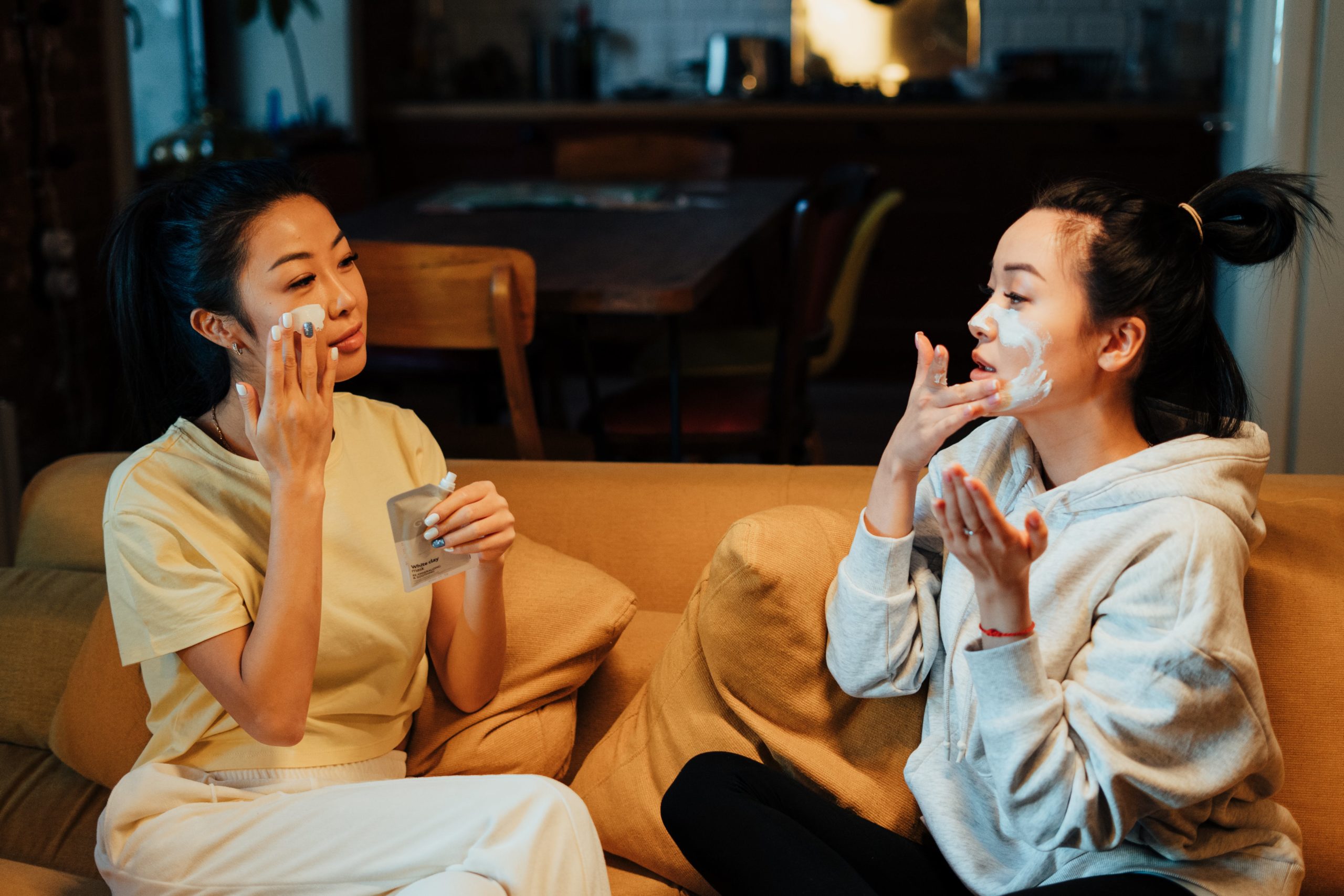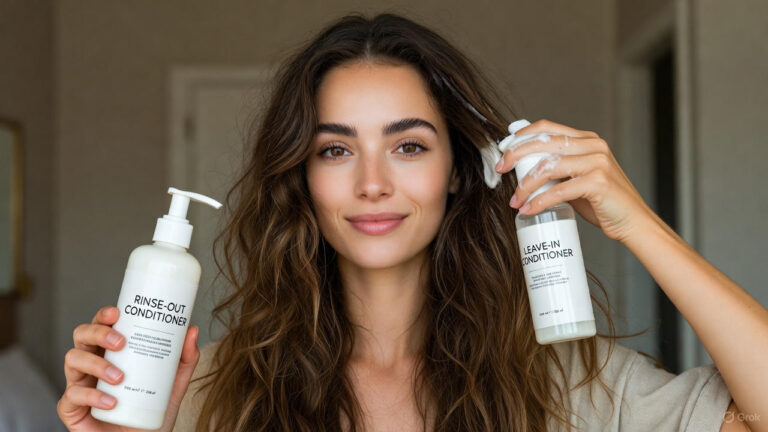In skincare, natural ingredients often hold the key to achieving a radiant complexion. Among these, oatmeal stands out as a versatile and beneficial ingredient that has been used for centuries in skincare routines.
Crafting your own DIY oatmeal mask at home not only allows you to harness the natural goodness of this ingredient but also provides a relaxing and pampering experience.
In this article, we will delve into the benefits of oatmeal for the skin, explore various ingredients to complement its effects and provide a step-by-step guide to creating your own nourishing oatmeal mask.
The Benefits of Oatmeal for Your Skin
Oatmeal is a powerhouse of skincare benefits, making it a popular choice for DIY masks. Here are some key advantages:
- Soothing Properties: Oatmeal is known for its anti-inflammatory and soothing properties, making it ideal for calming irritated or sensitive skin.
- Exfoliation: The texture of oatmeal works as a gentle exfoliant, helping to remove dead skin cells and promote a smoother complexion.
- Moisturizing: Oatmeal is a natural humectant, meaning it helps to retain moisture in the skin, keeping it hydrated and supple.
- Anti-Oxidant Rich: Packed with antioxidants, oatmeal helps combat free radicals, reducing the signs of aging and promoting a youthful glow.
Ingredients for Your DIY Oatmeal Mask
To enhance the benefits of oatmeal, you can incorporate various ingredients based on your skin type and concerns. Here are some options:
- Honey: Adds natural antibacterial properties and extra hydration.
- Yogurt: Provides a gentle exfoliation and helps soothe the skin.
- Banana: Rich in vitamins and minerals, bananas nourish and hydrate the skin.
- Avocado: Offers moisturizing and anti-aging properties.
- Turmeric: Known for its anti-inflammatory and brightening effects.
Crafting Your DIY Oatmeal Mask – Step by Step
Step 1: Gather Your Ingredients
Collect the ingredients based on your chosen recipe. A basic recipe may include oatmeal, water, and honey, while you can experiment with additional ingredients for added benefits.
Step 2: Blend or Grind the Oatmeal
To create a smooth texture, use a blender or grinder to process the oatmeal. This step ensures a more comfortable application and better adherence to the skin.
Step 3: Mix in Additional Ingredients
Combine the processed oatmeal with your chosen ingredients. Adjust the quantities to achieve the desired consistency. For example, add honey for extra hydration, yogurt for a creamy texture, or turmeric for a brightening effect.
Step 4: Apply to Clean Skin
Before applying the mask, ensure your face is clean and free of makeup. Gently spread the oatmeal mixture evenly over your face, avoiding the eye area.
Step 5: Relax and Let It Sit
Once applied, take a moment to relax. Leave the mask on for about 15-20 minutes, allowing the ingredients to work their magic. Use this time to unwind, read a book, or simply enjoy some quiet moments.
Step 6: Rinse and Moisturize
After the designated time, rinse off the mask with lukewarm water. Pat your face dry and follow up with your favorite moisturizer to lock in the benefits of the oatmeal mask.
Conclusion
Creating your own DIY oatmeal mask at home is a delightful way to pamper your skin while benefiting from the natural goodness of oatmeal and other complementary ingredients. Whether you seek soothing properties, gentle exfoliation, or intense hydration, the versatility of oatmeal allows you to tailor your mask to meet your specific skincare needs.
FAQs
Q1: Can I use instant oatmeal for the mask?
While instant oatmeal can be used, it’s advisable to opt for rolled or old-fashioned oats for better texture and skincare benefits.
Q2: How often should I use an oatmeal mask?
Depending on your skin’s needs, you can use an oatmeal mask 1-3 times a week. If you have sensitive skin, start with once a week and observe how your skin responds.
Q3: Can I customize the mask for my specific skin concerns?
Absolutely! The beauty of a DIY oatmeal mask lies in its versatility. Experiment with additional ingredients like yogurt, honey, or avocado to address your unique skincare concerns.



